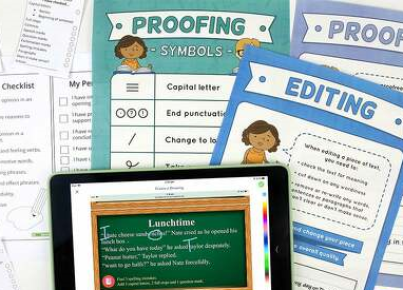A simile poem is a beautiful, engaging, and memorable way to express emotions and ideas through the power of language. The use of similes can enrich your poetry and stimulate readers’ imaginations by comparing two seemingly unrelated things. In this complete guide for students and teachers, we will explore the art of creating simile poems, step by step.
1. Understanding Similes
Before diving into crafting your poem, it is essential to understand the basic concept of a simile. A simile is a figure of speech that compares two different things using the words ‘like’ or ‘as.’ For instance:
– “Her eyes were as bright as stars.”
– “He is as strong as an ox.”
Similes help emphasize certain qualities or characteristics in an imaginative and vivid manner.
2. Selecting a Theme or Subject
To begin writing your simile poem, choose a theme or subject you want to explore. This could be an emotion (e.g., love or sadness), an experience (e.g., childhood memories), nature, or a person you admire.
3. Brainstorm Similes That Fit the Theme
Once you have selected your theme, start brainstorming similes that convey it effectively. Remember that the goal is to create comparisons that are original, thought-provoking, and powerful. Don’t be afraid to think outside the box!
4. Use Specific and Sensory Language
To make your similes truly effective, focus on using specific and descriptive language that appeals to the five senses – sight, sound, taste, touch, and smell. This helps paint a vivid picture in the minds of your readers.
5. Organize Your Similes
As you accumulate plenty of similes for your poem, consider how you’d like to present them. Organize them in an order that flows well and conveys the intended message. You may want to follow a narrative, share a series of experiences or emotions, or tie them into a particular structure such as stanzas.
6. Incorporate Repetition and Rhythm
Utilizing repetition and rhythm can add a musical quality to your poem, making it easier to read and remember. You may choose to repeat specific similes or phrases throughout the poem, or employ rhythmic techniques such as alliteration or assonance.
7. Revise, Edit, and Refine
Once you have completed your simile poem, take time to revise and edit it for clarity, coherence, and overall quality. As with any writing project, multiple drafts will likely be needed before you settle on the final version.
8. Share Your Poem
After you have polished your poem, share it with others – classmates, friends, family members, or even in creative writing workshops or poetry readings. Sharing your work can foster growth as a writer and lead to valuable feedback that allows you to refine your skills further.
In Conclusion
Simile poems offer an innovative way for students and teachers to explore creativity through the power of language. By understanding similes, selecting strong themes, brainstorming inventive comparisons, utilizing sensory language, organizing your work effectively, implementing repetition and rhythm – followed by thorough revision – you too can create rich and evocative simile poems that captivate readers’ imaginations!




